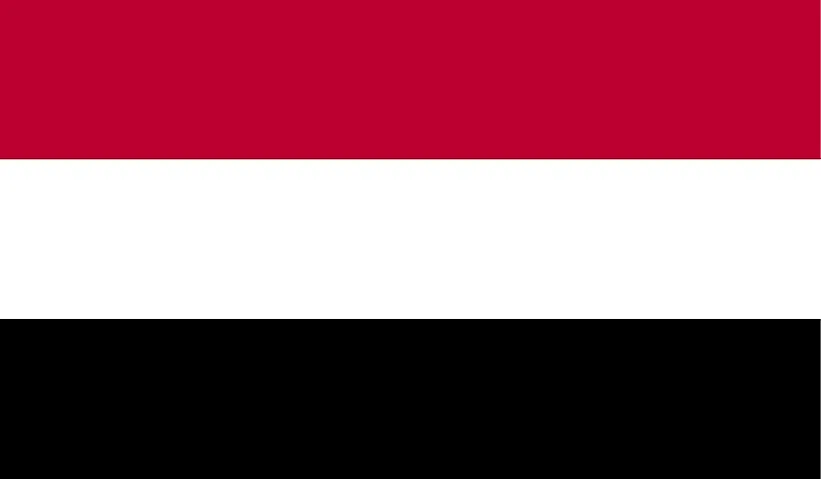
Yemen
| Continent | Asia |
| Capital | Sana’a |
| Population | 27,392,779 |
| GDP | $73.45 Billion |
| GDP per Capita | $2,500 |
| Dialing Code | +967 |
| ISO Code (2-letter) | YE |
| ISO Code (3-letter) | YEM |
Yemen Landscapes






About Yemen
Welcome to Yemen, a nation of ancient civilizations and dramatic landscapes. With approximately 30 million people across 527,968 square kilometers, Yemen combines rich historical heritage with remarkable geographical diversity, standing at the crossroads of ancient trade routes.
Geographic Features and Natural Beauty
Yemen’s geography encompasses diverse landscapes from coastal plains to mountains. The country features the Sarawat Mountains, Rub’ al Khali desert, and over 200 islands including Socotra Archipelago.
The landscape includes dramatic highlands, coastal plains, and desert regions. The country’s varied terrain creates unique ecosystems supporting remarkable biodiversity, particularly on Socotra Island.
Protected areas include Socotra Archipelago (UNESCO World Heritage site) and various nature reserves. The country’s natural heritage includes unique species like the Dragon Blood Tree and desert adaptations.
Cultural Heritage and Traditions
Yemeni culture represents one of the oldest civilizations in the Middle East. The country’s heritage includes ancient architectural marvels like the mud-brick towers of Shibam (Manhattan of the Desert) and the Old City of Sana’a.
Traditional arts include intricate architectural designs, silverwork, and textile weaving. Cultural practices feature traditional music, dance, and the ancient tradition of growing and chewing qat.
Yemeni cuisine reflects its historical trade connections, featuring dishes like saltah, fahsa, and its globally renowned coffee. The tradition of coffee cultivation and consumption originated in Yemen’s mountains.
Historical Journey
Yemen’s history spans from ancient kingdoms through Islamic civilization to modern times. The country was known to Romans as “Arabia Felix” (Happy Arabia) due to its wealth and resources.
Significant periods include the Kingdom of Saba (Sheba), various Islamic dynasties, Ottoman and British influence, and unification in 1990. The country’s strategic location shaped its historical importance.
Modern Economic Landscape
Today’s Yemeni economy focuses on agriculture, fishing, and limited oil production. The country possesses significant potential in various sectors despite current challenges.
Recent initiatives emphasize humanitarian assistance and reconstruction efforts. Yemen’s strategic location and cultural heritage support its potential for recovery and development.
International Relations and Global Position
Yemen maintains participation in regional organizations while addressing current challenges. The country’s strategic location near vital shipping lanes extends its global significance.
Did You Know?
• Yemen is considered the birthplace of coffee cultivation?
• The island of Socotra hosts plants and trees found nowhere else on Earth?
• The ancient city of Shibam features the world’s first skyscrapers?
• Mocha coffee gets its name from Yemen’s historic port of Al Mokha?
Conclusion
Yemen represents a unique combination of ancient heritage and natural wonders. From its historic cities to its unique landscapes, from its traditional customs to its modern challenges, Yemen continues to preserve its cultural legacy while working toward recovery and development. As it addresses contemporary challenges, Yemen remains committed to preserving its position as a cradle of ancient civilization and natural beauty.